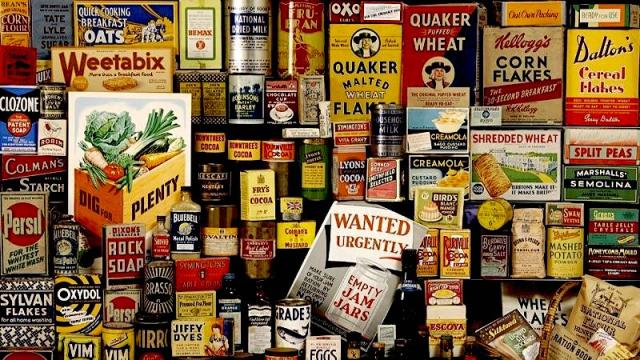We eat a lot of ultra-processed food, and these foods tend to be sugary and not so great for us. But the problem isn’t necessarily the fact that they’re ultra-processed. This is a weird and arguably unfair way to categorise foods, so let’s take a look at what “ultra-processed” really means.
This terminology comes from a classification scheme called NOVA that splits foods into four groups:
- Unprocessed or “minimally processed” foods (group 1) include fruits, vegetables, and meats. Perhaps you’ve pulled a carrot out of the ground and washed it, or killed a cow and sliced off a steak. Foods in this category can be processed in ways that don’t add extra ingredients. They can be cooked, ground, dried, or frozen.
- Processed culinary ingredients (group 2) include sugar, salt, and oils. If you combine ingredients in this group, for example to make salted butter, they stay in this group.
- Processed foods (group 3) are what you get when you combine groups 1 and 2. Bread, wine, and canned veggies are included. Additives are allowed if they “preserve [a food’s] original properties” like ascorbic acid added to canned fruit to keep it from browning.
- Ultra-processed foods (group 4) don’t have a strict definition, but NOVA hints at some properties. They “typically” have five or more ingredients. They may be aggressively marketed and highly profitable. A food is automatically in group 4 if it includes “substances not commonly used in culinary preparations, and additives whose purpose is to imitate sensory qualities of group 1 foods or of culinary preparations of these foods, or to disguise undesirable sensory qualities of the final product.”
That last group feels a little disingenous. I’ve definitely seen things in my kitchen that are supposedly only used to make “ultra-processed” foods: food colouring, flavour extracts, artificial sweeteners, anti-caking agents (cornstarch, anyone?) and tools for extrusion and moulding, to name a few.
How Bad Are Ultra-Processed Foods?
So it looks like packaged snack cakes are ultra-processed, and so is a factory-baked loaf of bread that has 20 ingredients. Orange juice whose flavour has been manipulated would count, too. Coke and Diet Coke are both solidly in this category. It seems logical that we should eat less of these things.
But the real problem with these foods is that they’re often sugary and high calorie, and many of the less-healthy members of the category are what stock the vending machines and convenience stores that beckon to us when we’re hungry and haven’t packed a lunch. The problem with these foods is that a diet full of them is unbalanced, due to the nutrition they do or don’t contain. The processing itself isn’t the problem.
So when we talk about ultra-processed foods, we have to remember that it’s a vague category that only loosely communicates the nutrition of its foods. Just like BMI combines muscular athletes with obese people because it makes for convenient maths, NOVA categories combine things of drastically different nutritional quality.
There are also some serious distinctions drawn between things that aren’t really nutritionally different. Wine is in group 3 next to cheese and fresh bread, but cocktails are in group 4 with the Twinkies. Hard liquor has been distilled, you see, so it’s ultra-processed.
Canned vegetables are in group 3 (processed) while their fresh counterparts are in group 1. But canned veggies aren’t any less nutritious. Meanwhile, dried fruit is in group 1 (so wholesome!) even though it can be more sugary than cakes or cookies.
So this doesn’t match up with nutritional analysis so much as an “I’ll know it when I see it” classification. Dried fruit just seems like it should be healthier, right? But this scheme ends up putting the cheapest, most widely available food in the most shameful category. Is that fair, or does it just make you feel better when you’re eating fresh green beans and scoffing at people who buy canned?
The NOVA scale isn’t totally useless; it probably helps researchers keep an eye on how much of our food is coming from large-scale manufacturers. But it’s not a great way to evaluate what’s in our grocery bags, or on our plates.

Comments